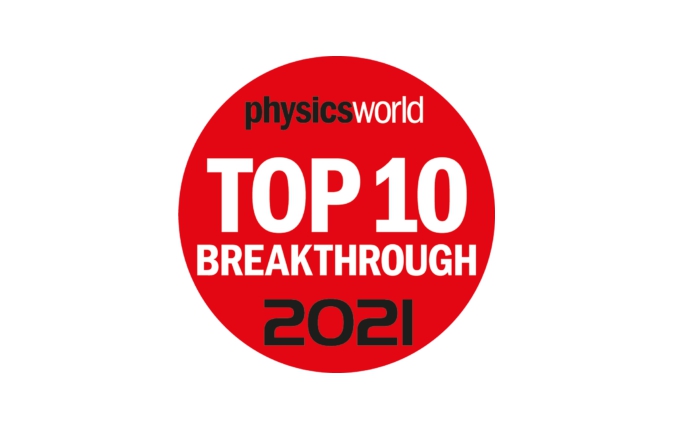Innovative particle cooling technique studies among top 10 for Physics Breakthrough of the Year award

Each year, Physics World announces their TOP 10 Breakthroughs of the Year. They revealed the 10 finalists for 2021 on 7 December 2021. In addition to having been reported in Physics World in 2021, selections must meet the following criteria:
- Significant advance in knowledge or understanding
- Importance of work for scientific progress and/or development of real-world applications
- Of general interest to Physics World readers
It is great that two projects that were cornerstones of AVA were part of this top 10 list.
Researchers from the Antihydrogen Laser Physics Apparatus (ALPHA) and the Baryon Antibaryon Symmetry Experiment (BASE) collaborations at CERN, both of which hosted AVA Fellows, were shortlisted for their separate studies into new ways to cool particles and antiparticles.
Their advanced techniques could pave the way for precision studies examining the matter–antimatter asymmetry in the universe.
The ALPHA collaboration demonstrated laser-cooling of antihydrogen atoms for the first time. To achieve this, the physicists developed a new type of laser, which produces 121.6 nm laser pulses, to cool the antiatoms. They then measured a key electronic transition in antihydrogen with unprecedented precision, a breakthrough that could lead to improved tests of other key properties of antimatter.
The BASE researchers, meanwhile, showed how to extract heat from a single proton via a superconducting circuit connected to a cloud of laser-cooled ions several centimetres away – a technique, they say, that could easily be applied to antiprotons.
Whilst these studies were unfortunately not crowned as the overall winner in 2021, being shortlisted in the top 10 is a fantastic achievement.
Huge congratulations to both collaborations!